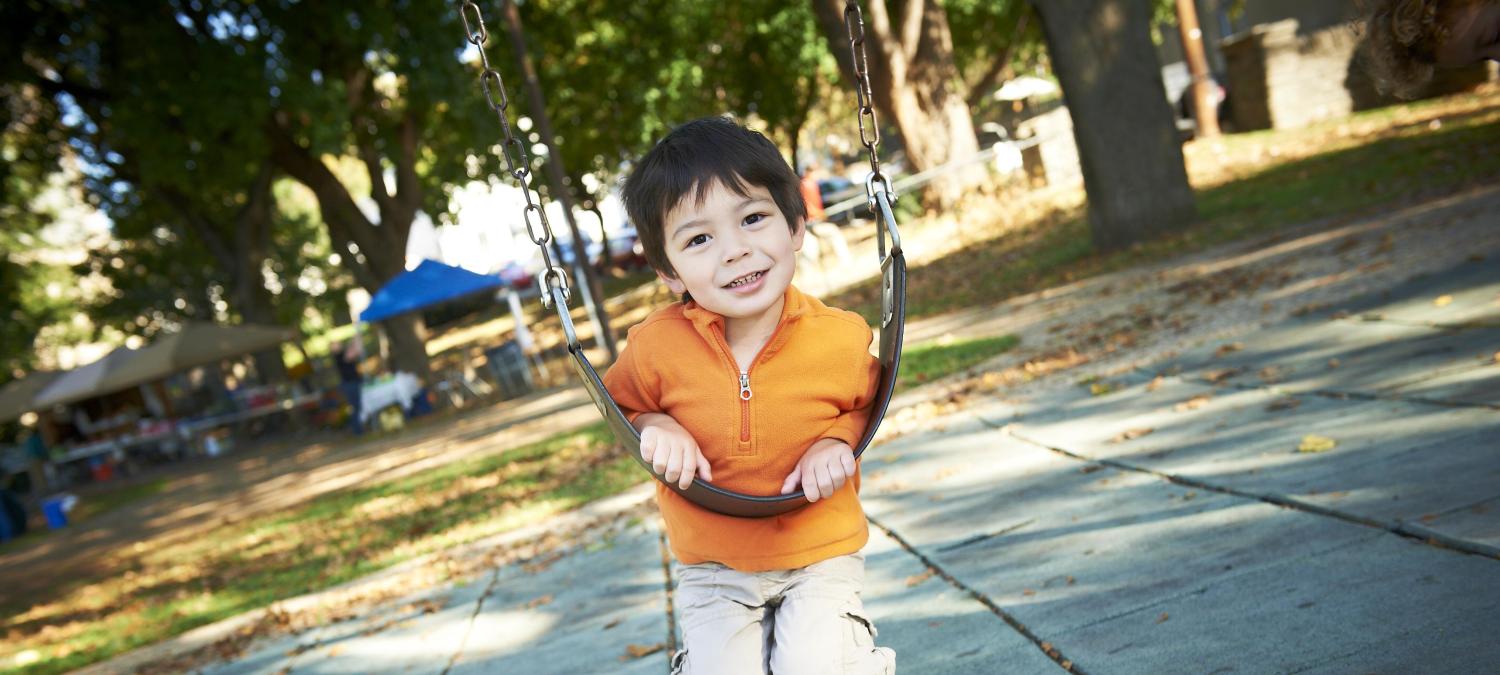

Publications
Search Tips
- Apr 2025
Objective: Promoting Resilience in Stress Management (PRISM) is a resilience coaching program designed for adolescents with chronic illness. We aimed to examine the perceived feasibility, acceptability, and appropriateness of PRISM among pediatric rheumatologists treating…
- Feb 2025
PolicyLab responded to a request for comment from the U.S. Departments of Health and Human Services and Agriculture on two reports on alcoholic beverages and health. The reports and comments will be considered in the development of the 2025-2030 Dietary Guidelines for Americans (DGA)…
- Jan 2025
Background: School nurses (SNs) can play important roles in the health of sexual and gender minority (SGM) youth, yet little is known about their knowledge and attitudes toward this population.Purpose: To understand SNs' knowledge and attitudes in caring for SGM youth across…
- Dec 2024
Background/Objectives: To assess the feasibility and acceptability of freelisting for adolescents with chronic musculoskeletal pain (CMP) and use freelisting to identify how adolescents with CMP cope with pain. Methods: This was a mixed-methods cross-sectional single-center study…
- Dec 2024
Study objective: Menstrual inequity-unequal access to menstrual health care or products-negatively affects well-being in relation to the menstrual cycle, a construct known as menstrual health. Few studies have explored menstrual inequities among adolescent and young adult…
- Nov 2024
Background: Medications for opioid use disorder (MOUD) are under-prescribed to adolescents and young adults (AYA). Few published studies have explored challenges to and opportunities to enhance continuous provision of MOUD for AYA. Our report focuses on this emergent theme that…
- Nov 2024
LGBTQ+ youth are more likely to experience depression and thoughts and attempts of suicide than their cisgender, heterosexual peers.This Research at a Glance brief highlights research utilizing Children’s Hospital of Philadelphia’s Adolescent Health Questionnaire that found the…
- Aug 2024
Introduction: Undergraduate medical education and graduate medical education lack formal curricula on providing care for lesbian, gay, bisexual, transgender, and queer/questioning (LGBTQ+) youth. The onset of the COVID-19 pandemic has led to further challenges in delivering…
- Aug 2024
During the coronavirus disease 2019 lockdown, adolescents spent a great deal of time using social media. There have always been a host of positives and negatives associated with social media use. The negatives are more notable with heavier use. Once restrictions lifted and normalcy…
- Jul 2024
Purpose: The purpose of this analysis is to: 1) describe the most common mental health diagnoses in the emergency department (ED) and inpatient hospital settings among transgender and gender diverse (TGD) youth vs. matched controls and 2) evaluate if a gender-affirming hormone…